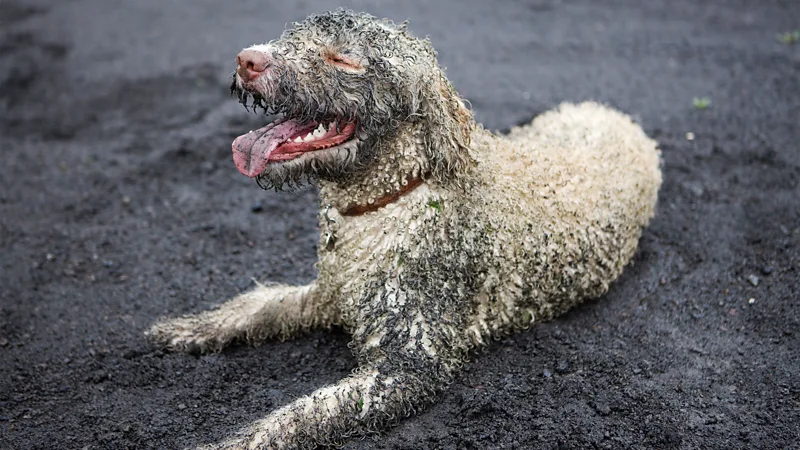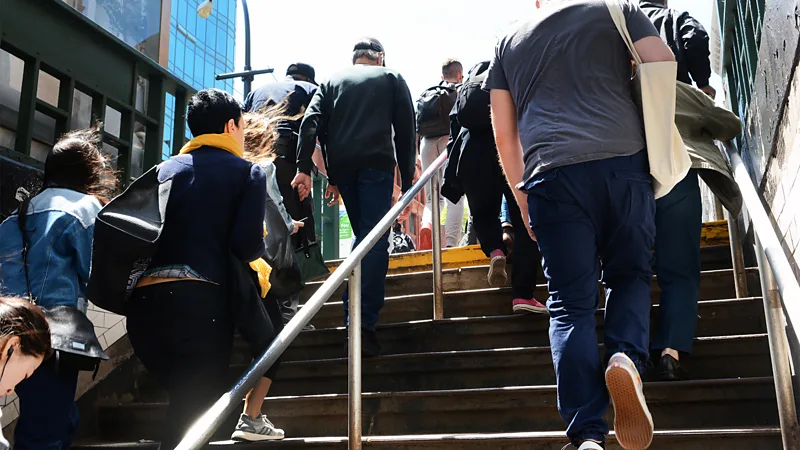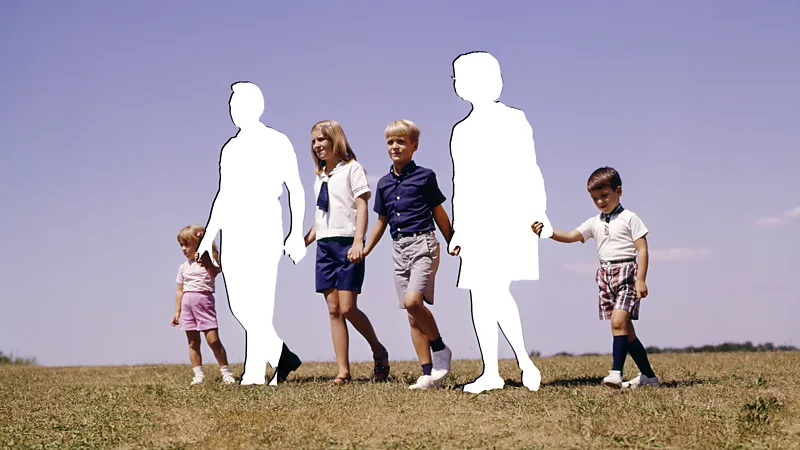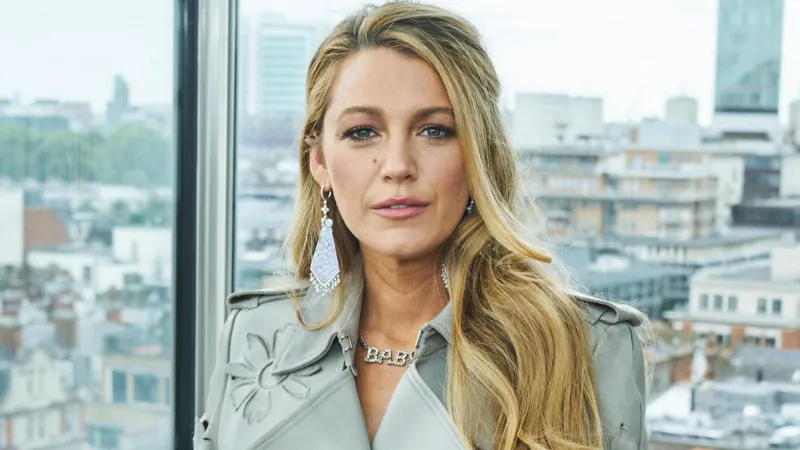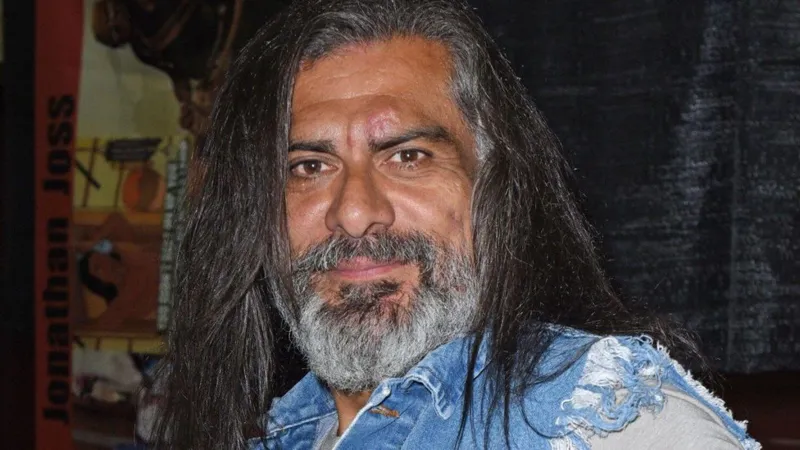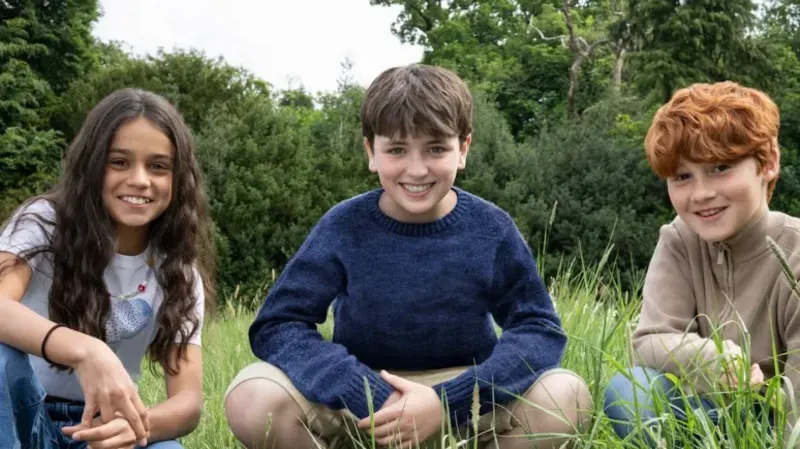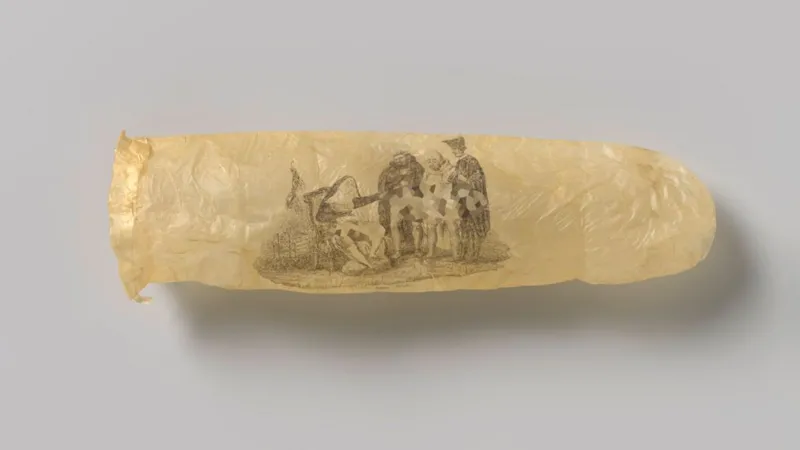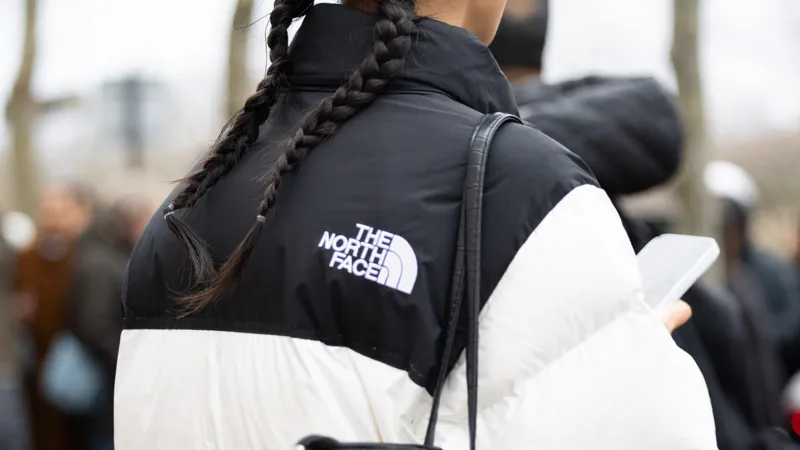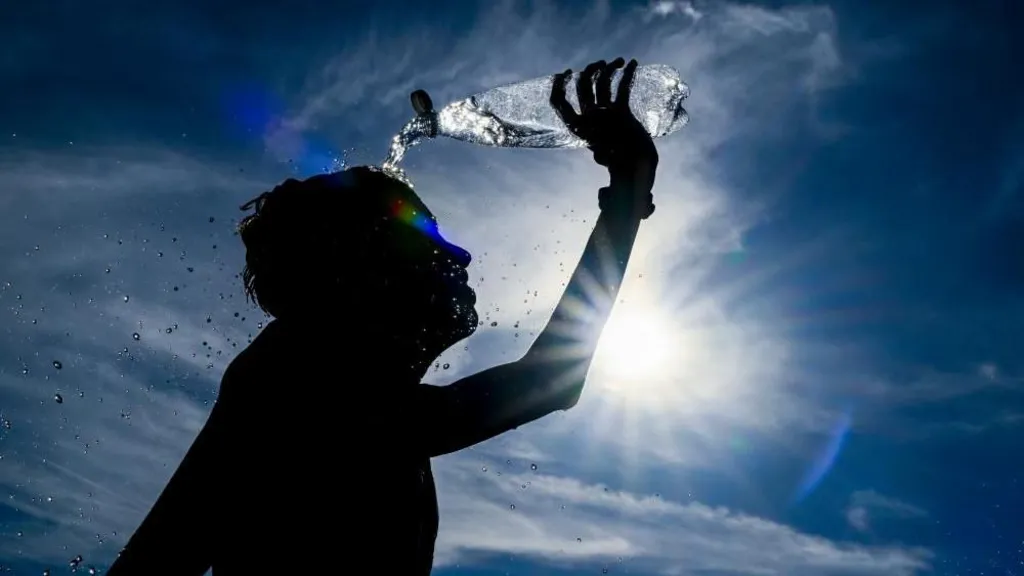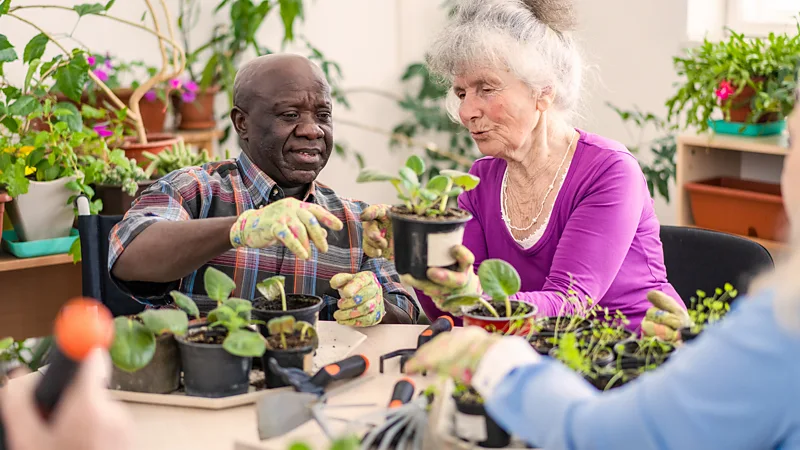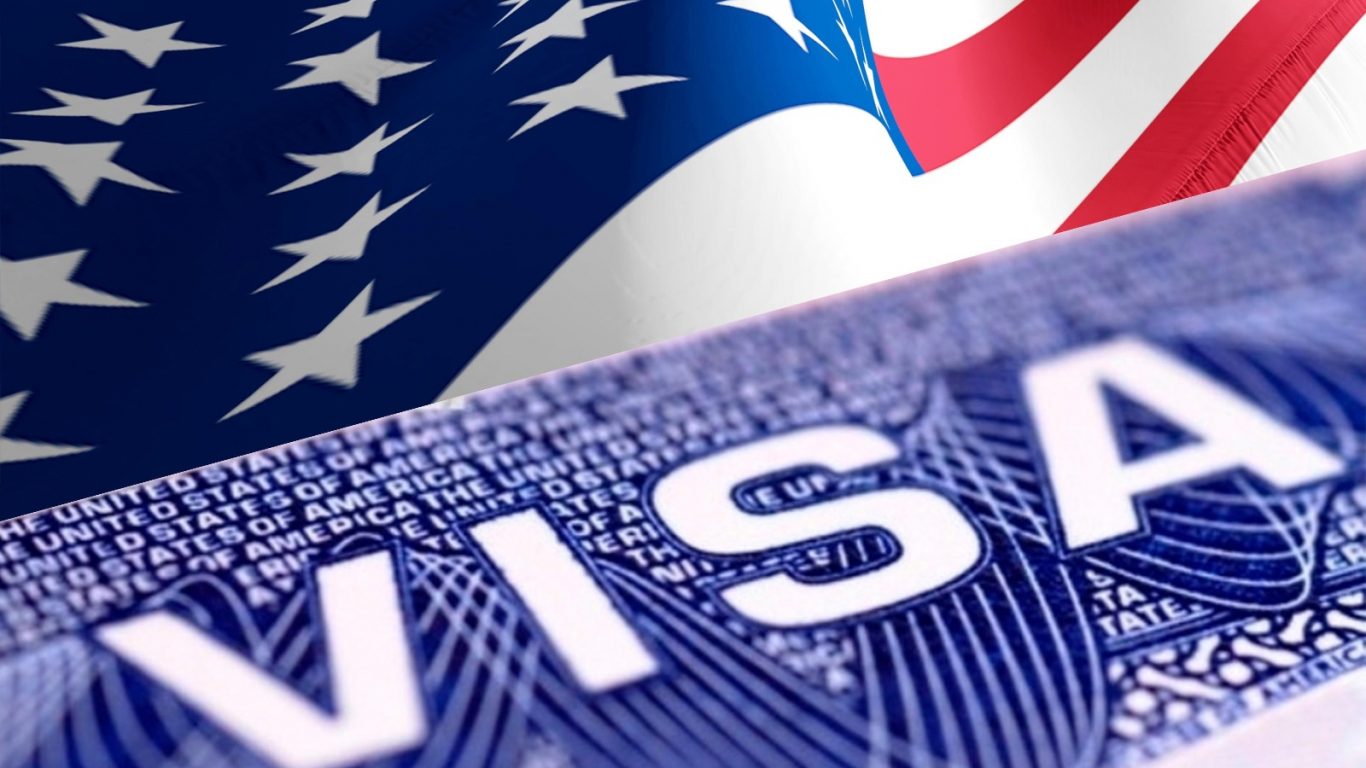‘We’re flooded with trash’: human tragedy unleashes environmental disaster
Isolated communities in the Darién Gap are sounding the alarm over polluted rivers and cultural erosion after a surge in migrants crossing their ancestral lands

The Darién Gap’s isolation and formidable reputation has shielded the Indigenous communities who live there from the outside world for centuries.
Spanish conquistadors died trying to settle in the sliver of dense, swampy rainforest connecting Colombia with Panama, and in recent decades only the most intrepid outsiders have undertaken the 60-mile (97km) trek as a test of their mettle.
Now, however, with half a million people slogging through the rainforest on their way to the US each year, Darién’s Indigenous groups say their ecosystem and way of life are under threat.
“It’s something that we did not expect, as the migration took off from one day to the next and suddenly we found ourselves flooded with trash,” says Yenairo Aji, a community leader, or “noco”, in Nueva Vigía, a village close to the Darién’s northern frontier where about 1,400 Emberá people live. “It’s worrying because we depend on our local ecosystem for everything. It’s our source of life.”

Estimates differ, but at least 8,000 people live in the Darién Gap, mostly from the Emberá-Wounaan and Guna Indigenous groups. The rainforest’s inaccessibility had protected it from development and environmental degradation.
A surge in migration since the Covid pandemic has quickly changed that. In 2019, 24,000 people undertook the week-long trek. By 2022, that number had reached 250,000. It doubled in 2023, surpassing half a million people for the first time.
Human rights groups such as Médecins Sans Frontières and Amnesty International are sounding the alarm about the humanitarian crisis as dozens of poorly equipped, malnourished people succumb to the jungle’s natural perils each year, and armed bandits rob, exploit and sexually abuse many more.

Less reported is the environmental damage that the wave of migration is bringing to one of the world’s best preserved forests.
As the untouched rainforest has become one of the world’s largest migration routes, it has brought unprecedented waste and contamination, say local communities.
When it rains, the once pristine stony banks of the Turquesa River in Nueva Vigía are now lined with discarded drinks cans, T-shirts and plastic food containers, local people report.
Gasoline leaking from the influx of boats and the human waste of the hundreds of thousands who make the journey have poisoned the rivers on which several communities depend, says Tania Chanapi, a community leader in Nuevo Vigía.
The bodies of those who did not survive are often found decaying in the waterways.
“Before, we used the river for everything: drinking, washing our things and bathing. Now we can’t really do any of that because it causes a lot of sickness, like diarrhoea and vomiting,” Chanapi says.

The main business for the armed groups who control the rainforest used to be pushing cocaine north towards the US, but crime analysts estimate the boom in migration has turned people-smuggling into a multimillion-dollar industry.
In addition to the hundreds of dollars the paramilitary group the Gulf Clan (also known as the Gaitanistas) charges each person for passage, they have set up shops selling travel kits, including cheap camping mats and tents that often wash up downstream.
Local communities were initially excited by the new cash coming into the region and many men from the area now work in the people-smuggling trade as it pays more than agriculture. The money has helped build better houses and install electricity, and some villages even have Starlink, the satellite internet service.
But now they are realising that, as their economy changes, so does their culture. People in Nueva Vigía say they must buy bottled water as the rivers are poisoned, and the fish smell and taste of gasoline.
Most families have stopped producing staples such as plantain, rice and corn, which used to sustain them, in favour of working in the migrant trade.

“I am seeing more children who have been abandoned as their parents leave for days to work with migrants,” says Esilda Tunay, a teacher at Nueva Vigía’s school. “And there is a lot more alcoholism, I suppose because of the influx of money.”
The US has been pressuring regional governments to halt migration through the Darién but has so far failed to find a viable solution.
Panama’s new president, José Raúl Mulino, who took office in July and promised to deport all migrants by air, has since conceded he cannot force people to take planes back home.
The government has erected fences in an effort to funnel people through a single route, which it can monitor more closely. It also sent 29 Colombians with criminal records home on a plane on 20 August – the first deportation flight paid for with US funds intended to stop the rising footfall.

The human tragedy in the Darién Gap has obscured the environmental damage to one of the world’s richest and most pristine ecosystems, says Global Conservation, a small US-based NGO that protects national parks by financially supporting Indigenous groups and park rangers.
The Darién national park is the largest protected area in Central America and the Caribbean. Its vast expanses of forests, mangroves and sandy beaches have some of the greatest biodiversity on Earth. Many species living in the 575,000 hectares (about 1.4m acres) of rainforest, such as the brown-headed spider monkey, Central American tapir and giant anteater, are vulnerable or endangered.
“People have turned a blind eye to this because they think it’s some place over there where no one lives. In reality, 8,000 people are living there, whose rivers are getting polluted by the shit of half a million people,” says Global Conservation’s founder, Jeff Morgan. “The trash can be cleaned up, but the rivers might not come back, or take decades to restore.”

The region’s inaccessibility has prevented detailed studies of the environmental damage, but Panama’s environment ministry estimates that everyone using the route leaves behind about 9kg of rubbish.
“With 2,000 people crossing a day, you can imagine the damage this generates,” says Kherson Ruiz, who heads Global Conservation’s Darién programme.
The NGO says a plan including some form of toilets for those attempting to cross needs to be implemented urgently to manage the surging waste before its impact becomes irreversible.
“The ideal would be that they take trash with them and deposit it at the end, but realistically, we are talking about a place [with such desperation] that even children and elderly people are left behind,” Ruiz says.

Panama’s new environment minister, Juan Carlos Navarro, says that his government has requested to use $3m of the $10m pledged by the US to manage the migration crisis and clean up the forests.
“The preliminary information available to us, including the data collected in the field by the ministry of environment and its technicians, indicate that we are facing a serious problem of plastic pollution, water pollution, faecal matter in the water, possible contamination of rivers and streams that are the water sources of local communities, and a large amount of organic and inorganic rubbish,” Navarro says.
Mulino has described rivers as “natural oases” becoming “contaminated by faeces, even by corpses”.
The government wants to set up a community-led project, funded by the US, which it estimates would take about a year to clean up the Darién. Still, irregular migration must first be “reduced to a minimum”, Navarro says.
Stopping migration through the Darién will be difficult as it requires regional cooperation. However, most countries in the region want the route to remain open, says Orlando Pérez, an expert in Panamanian politics at the University of North Texas. “Countries like Colombia are interested in seeing the flow continue as they don’t want additional Venezuelans or Ecuadorians to stay in their own country.”

The government should act quickly, says Ismael Isarama, a teacher in the community of Villa Caleta, who noted that some communities were being far more affected by the environmental crisis than others.
“We have lost our tradition of bathing in the river,” he says, showing a rash on his forearm, which he blames on the pollution. “But we are plugged into the water grid. I worry about the future of all those who are not.”
Source : The Guardian




















